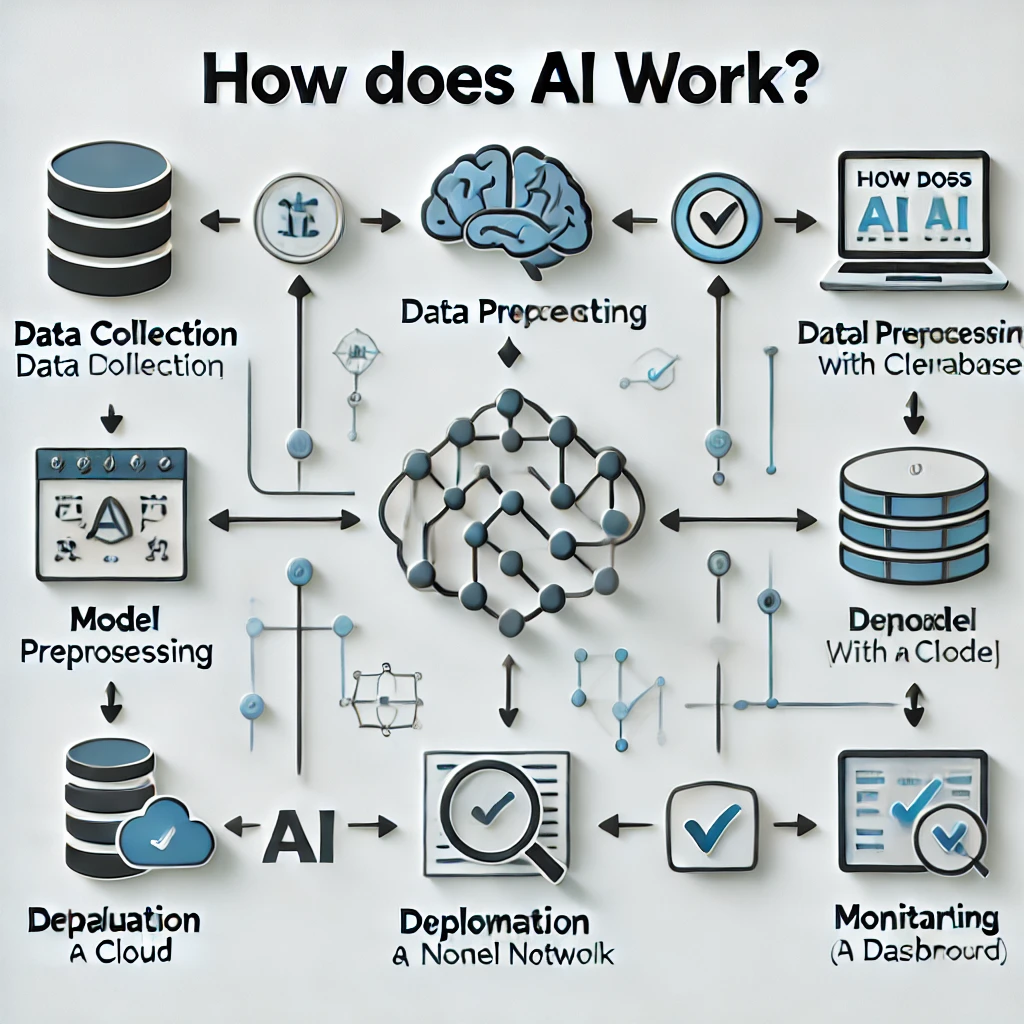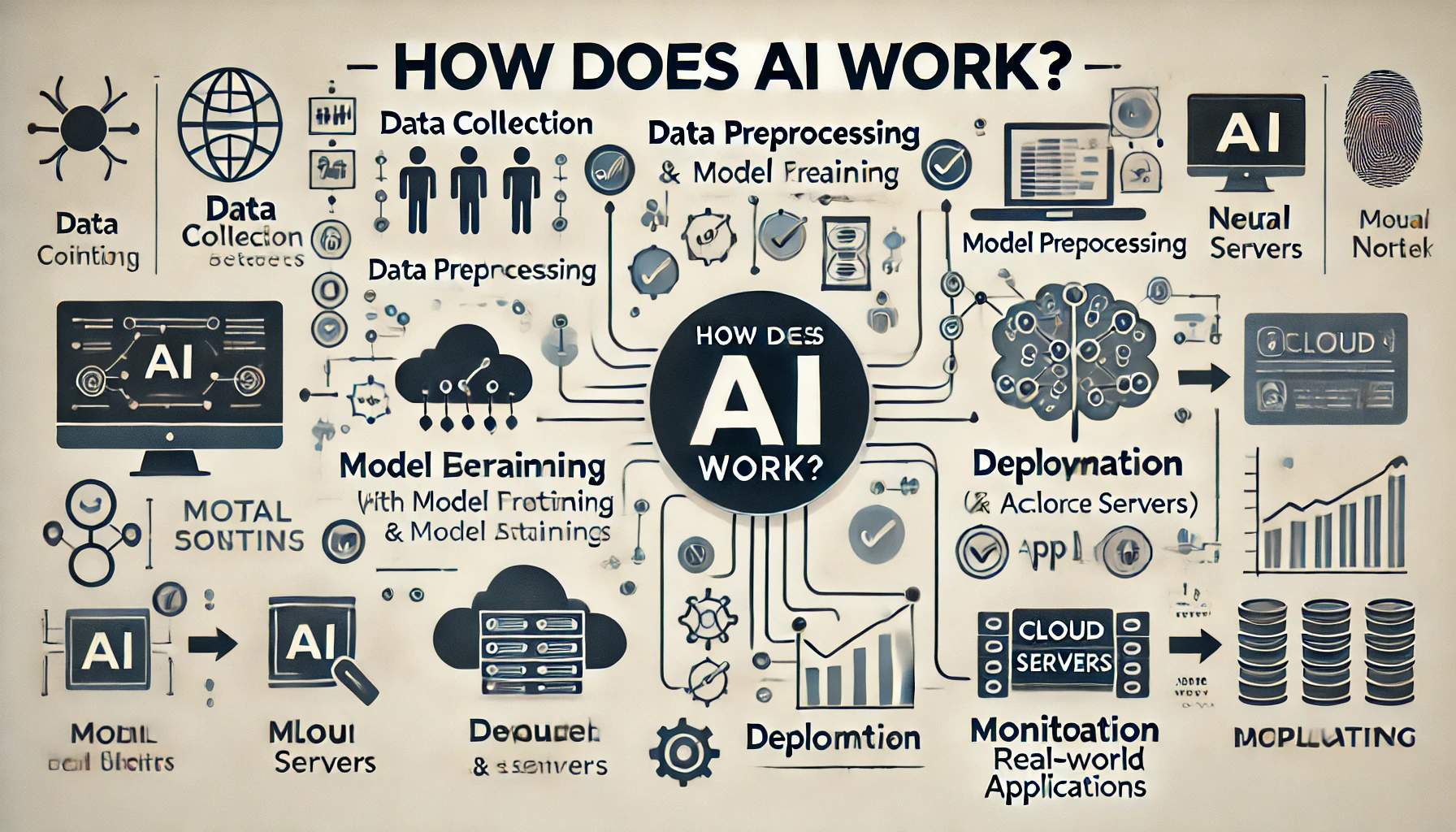Table Of Content
Artificial Intelligence is a term representing the ability of machines to perform tasks normally requiring human intelligence. The understanding of its operation can be simplified into the key components: data input, processing, output generation, and feedback loops.
Data Input
The journey begins with the collection of data. AI systems collect data from text, images, audio, and video. This forms the basis of all further operations. For example, a voice assistant captures audio, while an image recognition system captures data in visual form. The quality and relevance of this data are of prime importance, as they have a direct bearing on the system’s effectiveness.
Processing
The collected data is then processed through the AI system with the help of algorithms and models. Machine learning techniques, such as supervised and unsupervised learning, play a significant role here. In supervised learning, the system is trained on labeled data, learning to associate inputs with desired outputs. Unsupervised learning, on the other hand, involves finding patterns in unlabeled data. Deep learning, in turn, is a subset of machine learning and uses neural networks with multiple layers to handle complex patterns and representations.
Output Generation
After the processing of data, the AI system produces an output or acts accordingly based on its analysis. This could be anything from classifying an image, translating text, making recommendations, or controlling a robot’s movement. These outputs are only as good as the training and algorithms that have gone into the system.
Feedback and Learning
AI systems often incorporate feedback mechanisms to refine their performance. By comparing the output against a desired result, the system can adjust its algorithms to minimize errors in future tasks. This iterative process allows the AI to improve over time, adapting to new data and evolving requirements.
In other words, AI works in a cycle of data intake, processing, output generation, and assimilation of feedback. Each stage is crucial in developing systems that can carry out tasks ranging from simple classifications to complex decision-making processes.



Leave a Reply
You must be logged in to post a comment.